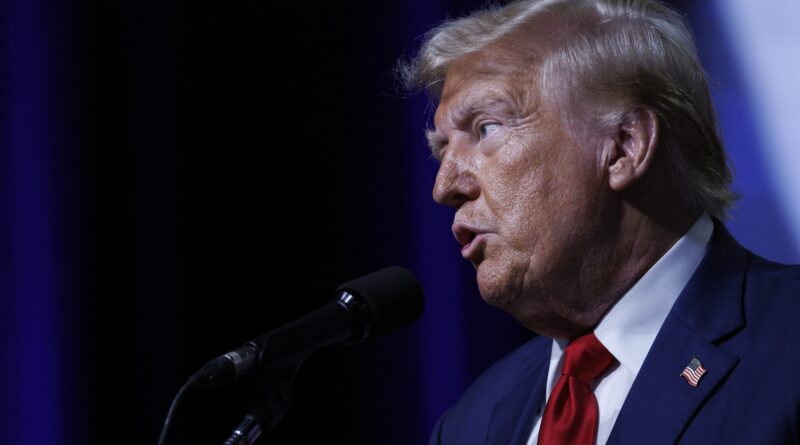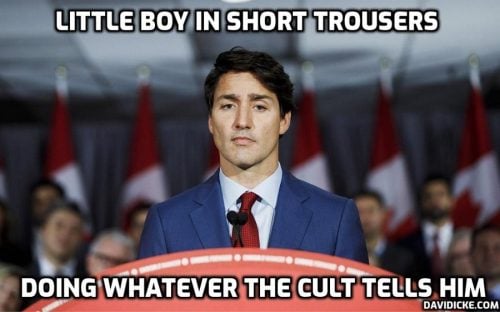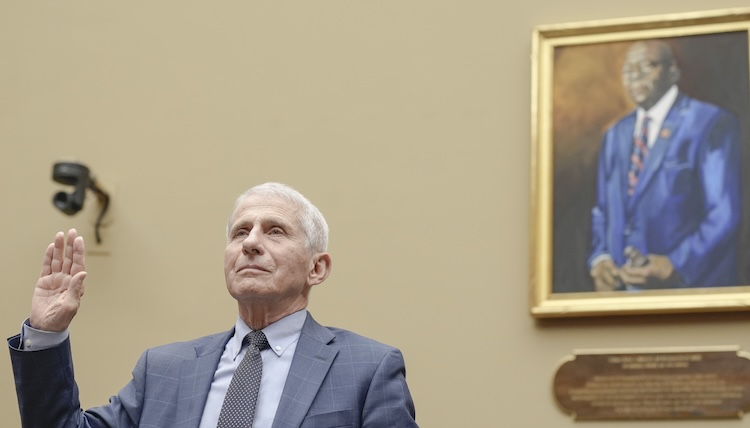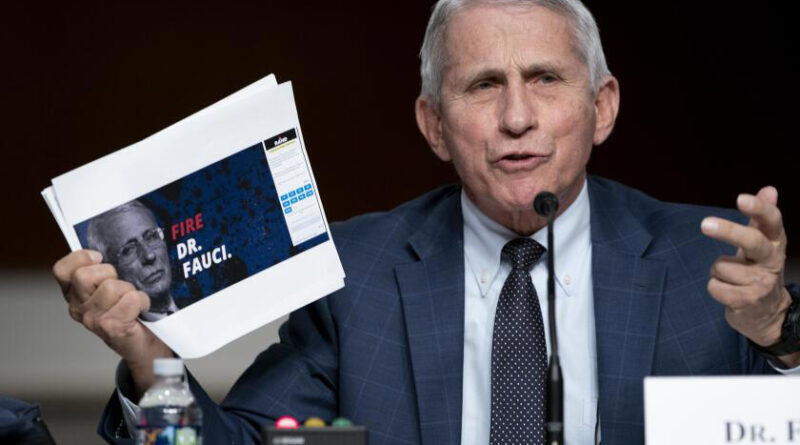
Mask mandates, coercion to vaccinate, lockdowns, and unconstitutional censorship top the long list of atrocities inflicted upon the American people in the name of protection against COVID-19. And yet our government would love nothing more than to turn a blind eye to the economic and social suicide that was a direct result of its failed policies. The government would rather move on from the highly contentious subject of gain-of-function research, championed by Anthony Fauci, who also touted social distancing, vaccines, and boosters and lied repeatedly to American citizens.
However, there’s one individual who has remained relentless in his pursuit of answers to questions that remain mysteries and for justice to be brought against Fauci — Sen. Rand Paul (R-Ky.), who was censored by the notorious three-letter agencies for demanding that Fauci answer for his crimes.
Why are these agencies protecting Fauci? And what are they hiding?
This is the subject of Episode 2 of the latest Blaze Originals docuseries “The Coverup,” starring Matt Kibbe.
– YouTube
www.youtube.com
Today, Kibbe joins Glenn Beck on the show to outline the shocking revelations brought forth in the second episode — “Legislator: How Rand Paul Exposed Dr. Fauci’s Lies.”
– YouTube
www.youtube.com
Kibbe explains that as Sen. Paul dug deeper, he discovered that “Fauci [was] not acting alone, and the reason that he and his partners — particularly his consigliere, David Morens — are so untouchable is that their bosses are throughout the alphabet agencies that make up the defense and intelligence community.”
“That’s what we’re trying to get at in this episode — who is Fauci’s boss? Is he a made man? Is he untouchable? Why after we’ve caught him red-handed lying about using taxpayer money to fund gain-of-function research is nothing happening?” he tells Glenn, who points out that above all, Fauci “may be directly responsible for the death of everyone on the planet from COVID.”
But as Kibbe notes, the government is anxious to put the entire subject of COVID-19 in the past — “Right now Rand is fighting a fairly lonely fight. He’s finally gotten the Democratic committee chairman to allow hearings on this subject, but most people, and certainly the political class, are like, ‘let’s just move on. That was so long ago.”’
“They want to talk about something else because they all have blood on their hands — literally,” he says.
To learn more about the deeply disturbing revelations in “The Coverup” episode 2, watch the clip above.
If you haven’t already, check out episode 1 (available for free on YouTube) before watching episode 2 on BlazeTV. If you aren’t already a subscriber to BlazeTV+ join today and get $30 off your first year of BlazeTV+ with code FAUCILIED.
Want more from Glenn Beck?
To enjoy more of Glenn’s masterful storytelling, thought-provoking analysis, and uncanny ability to make sense of the chaos, subscribe to BlazeTV — the largest multi-platform network of voices who love America, defend the Constitution, and live the American dream.
Read More











